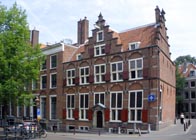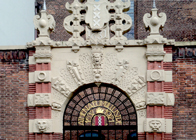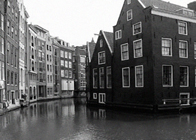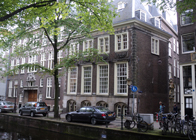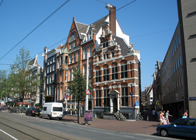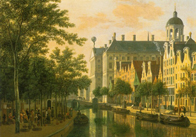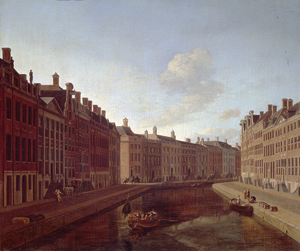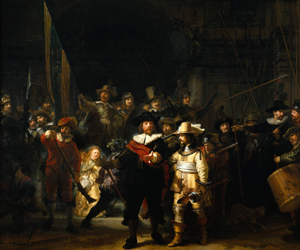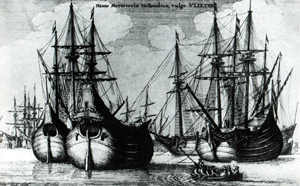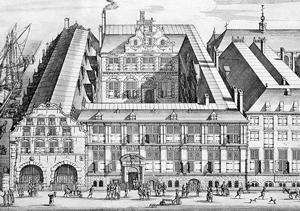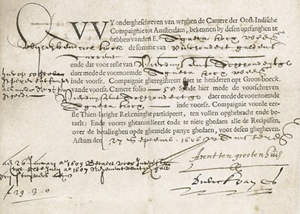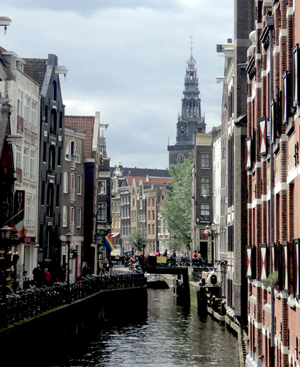Trip Info
Amsterdam Golden Age
Duration
- 2 hours
Group size
- 2-8 persons (min 2 adults)
Prices
- Adults € 27,50- p.p.
- Children (age 4-12) € 9,50 p.p.
Departure
- Subject to availibity: every day of the week except for Mondays
at 10 AM at the front of the St. Nicolaas-church,
(Prins Hendrikkade 73, opposite to the Central Station)
Reservations
- By phone: +31 6 42 53 10 61
- info@historytrips.eu
Amsterdam in The Golden Age
A period of glory
Everywhere in Amsterdam the glory of this town in history can be traced. Prosperity can be read out from the 17th- and 18th century gables of the merchant houses along the canals.
Painting Art flourished due to the wishes from the merchants to brighten up the interior of their new built homes. In those days, buying art was part of Dutch culture according the observations of a 17th century English ambassador . The “Dutch masters” became famous all over the world. This walk will take you into the past of the town.
Between 1301 en 1306 Amsterdam received it’s privileges as a town from the Count of Holland.
From 1500 onwards Amsterdam trade was rapidly increasing. It’s geographical position between North- and South Europe on one hand, and it’s position between England and Germany on the other hand appeared to be ideal for an economical start off.
The town benefited from being an intermediate in the trade between these areas. Fish, corn, wood and furs from the region of the Baltic Sea (so called “moedernegotie”) and local products, were traded at the market in Amsterdam with products from the Mediterranean such as grapes, spices, salt and wine.
At the beginnings of the 16th century a new dimension was added to this economic success. Dutch merchants started to dominate the spice trade in Asia with its dazzling profits. With the help of Dutch government the East India Company (VOC) was founded and the Dutch Seaborne Empire came to existence. Amsterdam was to be the spider in the web.
Due to a relative tolerance in social life and economic growth, many foreigners (craftsmen, merchants, scientists) came to Amsterdam and contributed to its greatness.
With a qualified historian from History Trips as your personal guide you will visit many highlights from the "Golden Age": historical merchant houses, churches, towers, canals, small streets etc. This very special town will be shown to you accompanied by vivid, but historically sound information in a 2-hours walking tour. The programme is flexible and can be adjusted or extended to your own wishes. Groups are never larger than 8 persons (unless by special arrangement) to guarantee a personal touch.
